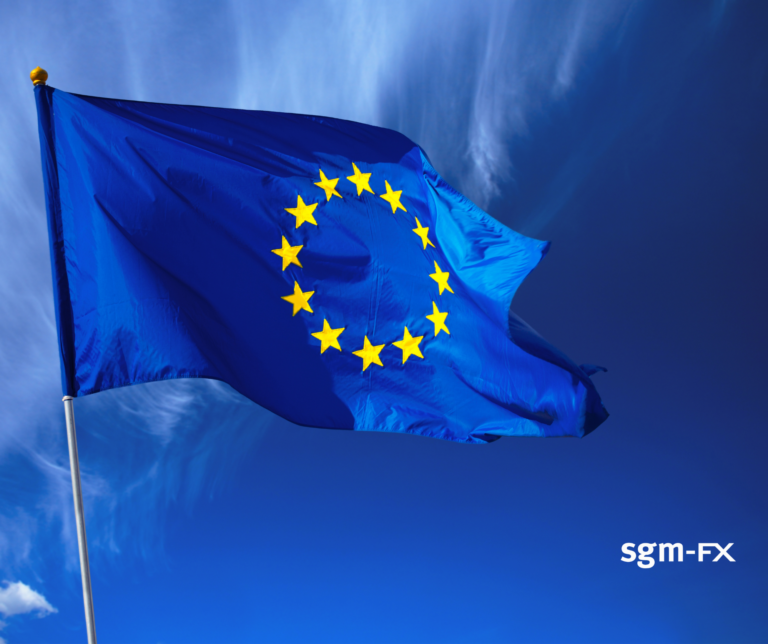
Morning Brief – Tax
The technical motion presented to the House of Commons yesterday has been passed by 319 votes to 248. The initiative will see the government move to impose a 1.25% hike in national insurance contributions and taxation on dividend incomes. The impact of taxation upon currency valuations is at present difficult to isolate and Sterling’s choppy yet relatively narrow recent trading range can be partially attributed to this. Fundamentally, changes to taxation and public spending amount to similar adjustments to the fiscal backdrop of the economy. From the market’s perspective, a higher tax burden improves the fiscal sustainability (reducing deficits) of that economy but may stifle private consumption/investment. You can immediately see the cognitive dissonance associated with a tax rise: lower deficits and a more stable fiscal backdrop is supportive of a currency, whilst a reduction in consumer/private activity is not. In the case of the UK it also takes action against the dreaded ‘twin deficit’, a simultaneous trade and public spending deficit, that dissuades investors from holding the currency and orchestrates a stained structural outflow from the currency. However, if the second caveat is true and higher taxation undermines private consumption by reducing disposable income, there will be counteracting pressures on the currency in question.
Over the course of the pandemic, a unique set of market dynamics have accompanied adjustments to the fiscal outlook of a nation. Due to the unprecedented need for support and public intervention as a result of the pandemic, the impact of higher public spending and the threat of a higher fiscal deficit has largely been discounted. Due to the health measures imposed from lockdowns to travel bans, government spending was welcomed by currency markets with little regard for the bill that would have to be paid off in the future. Virtually every round of fiscal expenditure across the globe supported domestic currencies as it was seen as a path to preserve economic growth by replacing private spending and investment with public.
Today, the rhetoric could be changing. Whilst many countries have begun to acknowledge the burden created by the pandemic, few have begun to legislate to do something about it. In the US, for example, the debate remains far more on raising the debt ceiling and accommodating large infrastructure spending plans to kickstart growth. The UK’s debt to GDP ratio is now lurking around 100%, a level the government will surely be uncomfortable with. It is possible therefore that despite the potential risks to growth from a higher taxation base, the fiscal responsibility could support Sterling. One thing is for sure, the muted Tory rebellion that took place during last night’s vote and the decision by the Labour Party to vote against the bill have diminished any immediate political risks that could have impeded GBP.
Discussion and Analysis by Charles Porter

Click Here to Subscribe to the SGM-FX Newsletter
Related Insights

Daily Brief – British Pound
British Pound With GBP if not all at sea but wallowing against the crashing waves of USD strength, it is a tale of two cities for beleaguered Brits: GBP/USD dipping below the previous floor of 1.2600 but versus EUR GBP still looking firm due to the apparent divergence between the Federal Reserve and the European […]

Daily Brief – Germany
Germany Gloomy Germans is not an entirely unknown phenomenon for those of us who have toiled in Finanzplatz Deutschland or the Financial Marketplace of Germany which primarily encompasses Frankfurt, Berlin, Dusseldorf and Hamburg. Unfortunately the ZEW German Research Institute are upholding that less than noble tradition in their Economic Sentiment Indicator report that was released […]

Daily Brief – EU Stagflation
EU Stagflation With inflation blipping up and business activity turning down, the S word is back on the table. Not only manufacturing but also the services sector fell sharply in November with the Purchasing Managers Index at its lowest level this year. The EUR facing a rampant Dollar is increasingly undermined by its own weakening […]



 Humphrey Percy
Humphrey Percy